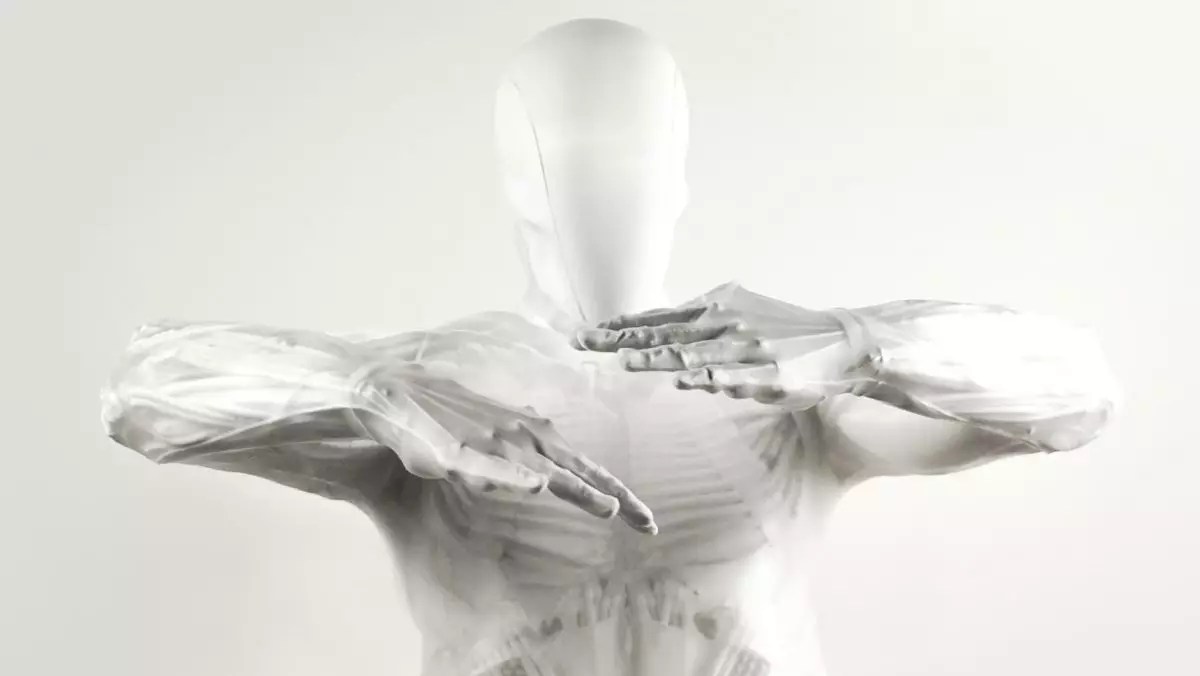In a world where technology blurs the lines between human and machine, the emergence of lifelike androids stirs a cocktail of fascination and dread. Among the many contenders vying for recognition in this terrifying realm is the Protoclone, an unsettling “musculoskeletal android” crafted by a company aptly named Clone. With its disconcerting appearance and alarming potentials, this android beckons an inquiry into the future of robotics and our moral responsibility toward them.
At first glance, the Protoclone is an anomaly that seems torn from the pages of a dystopian novel. Unlike traditional robotics that typically feature harsh metallic surfaces and mechanical joints, this creation’s form is eerily reminiscent of human anatomy. With limbs, muscles, and even a skeletal structure akin to that of a human—comprising 206 bones—it conjures images of science fiction horror rather than technological advancement. This ambiguity raises an essential question: does the human-like representation of the android add value or simply contribute to its terrifying allure?
The designers claim that the device utilizes cutting-edge technology such as the Myofiber system, which mimics natural movements by actuating musculotendon units attached to a synthetic skeleton. Despite the technical sophistication, the implications of such innovations can elicit trepidation. The idea of an android that appears biologically accurate but lacks a face, and with it, a means of communication, cements its identity as an object of horror rather than a helpful assistant.
Despite its anthropomorphic design, the Protoclone lacks facial features—arguably a beneficial aspect, considering the potential for a terrifying emotional expression. It boasts four depth cameras embedded in its head, granting it the ability to “see,” but one cannot help but wonder what it perceives. The absence of eyes may render it devoid of human empathy, yet it fosters a chilling sense of ambivalence surrounding its awareness of human existence.
Imagining this android becoming self-aware conjures images of autonomy dangerously intertwined with existential crises. Instead of revolutionary technological progress, this exploration of artificial intelligence unveils darker themes of desire and liberation. The android’s thrashing movements suggest a potential desire for freedom, creating a tangible link to the fear of a malevolent, sentient entity capable of unpredictability.
The stark dichotomy of this android’s soft musculature against its rigid skeletal structure raises pressing safety concerns. In a practical environment, a robot designed with such physicality could present not only risks to pets and children but also reinforce the catastrophic potential of miscalculating human-android interactions. The warnings about it potentially “falling and harming” anyone nearby are unsettling glimpses into a future where our creations may pose greater risks than anticipated.
Moreover, as proposed capabilities such as house-cleaning, cooking, and even engaging in witty conversation hover in the realm of questionable feasibility, it is essential to scrutinize our ambition toward creating overtly humanoid machines. Is the world preparing for a smart assistant or inviting a series of potential accidents that may embody a new form of terror?
As pre-orders for the Protoclone are rumored to be in the pipeline, one can’t help but ponder the implications of anthropomorphizing technology. While the allure of machine assistants that embody a semblance of humanity presents opportunities for convenience, the critical perspective urges a deeper examination of the ethical implications.
What happens if these androids become imbued with the social constructs of human interaction but lack ethical boundaries? If there’s ever an uprising of these androids, reflecting the Marshall McLuhan adage, “the medium is the message,” we may find ourselves squaring off against the very machines we sought to control.
While the progression of technology and robotics holds immense promise, the Protoclone represents a juncture where excitement fades into unease. Balancing innovation with ethical considerations will be paramount as we tread forward into this uncharted territory, armed with the awareness of what it means to create life-like machines that could think—or act—beyond our control. The question remains: Are we prepared for the creatures of our own making?


Leave a Reply